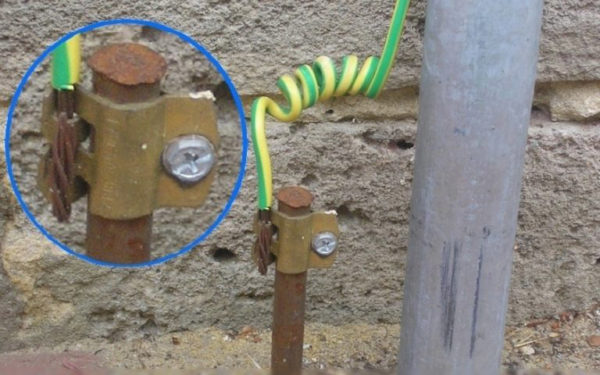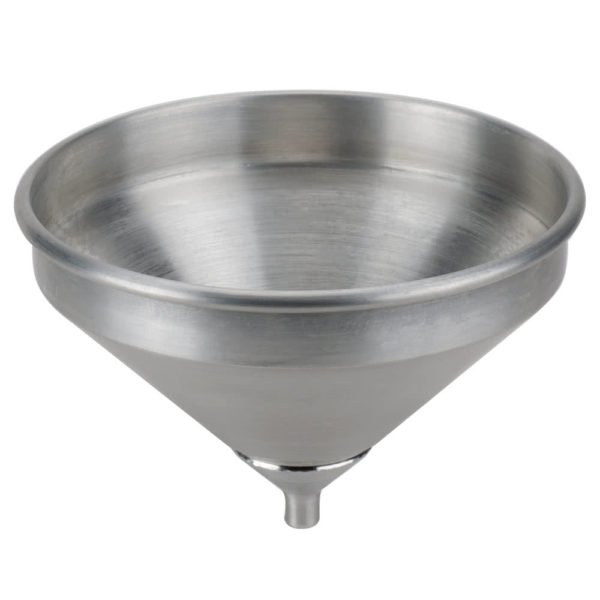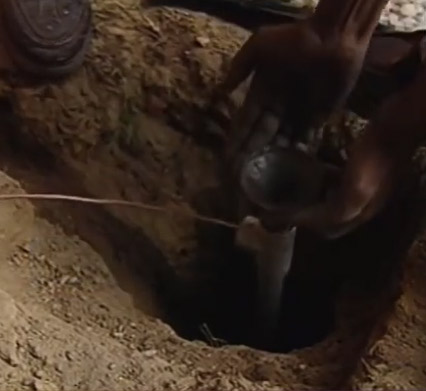How to Install Earthing at your Residence
What is Grounding or Earthing?

Connecting the metallic (conductive) parts of an electrical appliance or installations to the earth (ground) is called Earthing or Grounding.
In other words, to connect the metallic parts of electrical machinery and devices to the earth plate or earth electrode (which is buried in moist earth) through a thick conducting wire (having very low resistance) for safety purposes is known as Earthing or Grounding.
Earthing is done to avoid or minimize the danger due discharge of electrical energy caused by build-up of electrical charge or voltage fluctuations in the power supply.
People search on the Internet about ‘earthing’ but end up with results related to ‘grounding’ or ‘bonding’.
Why is it so? Let me elaborate upon this by clearing up the confusion between earthing, grounding and bonding.
Earthing and Grounding are the same terms used for earthing. Grounding is the common word used for earthing in North American standards like IEEE, NEC, ANSI, UL, etc. while Earthing is used in European, Commonwealth countries and British standards like IS, IEC, etc.
However, the word Bonding used for joining two wires (as well as conductors, pipes or appliances) together. Bonding is connecting the metallic parts of different machines which are not carrying electric current during normal operation to bring them at the same level of electric potential.
Before we dive deep into the topic of Earthing, we should know why we need it. After all, who desires digging their residence without any purpose?
The primary purpose of earthing is to avoid or minimize the danger of electrocution, fire due to earth leakage of current through an undesired path and to ensure that the potential of a current carrying conductor does not rise with respect to the earth than its designed insulation.
When the metallic part of electrical appliances (parts that can conduct or allow passage of electric current) comes in contact with a live wire, due to failure of installation or failure in cable insulation, the metal becomes charged due to static charge accumulating on it. If a person touches the charged metal, the result is a severe shock.
To avoid these instances, the power supply systems and parts of appliances have to be earthed so as to transfer the excess charge directly to the earth.
There are four types of earthing
Wire
Basically, a grounding wire is attached to outlets and other electrical devices and then is also securely connected to the ground at the breaker box. This direct physical connection to the earth is critical, as the earth acts as a reservoir of charge and can neutralize an electric current.
Pipe
Pipe earthing refers to the usage of a pipe as a primary conductor for dissipating fault currents in electrical systems. Usually, GI pipes of Class B category are used along with loads of coal and salt. These days, the strip-in-pipe or pipe-in-pipe earthing electrodes are also referred to as Pipe earthing.
Plate
Plate earthing is a type of earthing electrode where a plate (either copper or GI or even MS in some cases) are buried in the ground to serve as a grounding accessory for the electrical system.
Rod
Generally, earthing is used for the safety of human beings. The earthing are always treated with ingredients such as charcoal, sand and salt, which in turn absorbs moisture and decreases the resistance of soil. Rod earthing is basically non-treatment earthing.
But nowadays, in most cases, we prefer pipe and plate earthing.
If you have single-phase meter, you can easily use pipe or plate earthing. The same can also be used with three-phase connectors without much effort.
Installing pipe earthing at your residence

As I mentioned before, pipe earthing refers to the usage of a pipe as a primary conductor for dissipating fault currents in electrical systems. So basically, we need pipes and a few more things to do this.
Things you need
1. 38mm weight X 2.5-meter-long GI pipe

2. 38mm X 19mm reducing socket

3. 19mm weight X 1-meter long GI pipe

4. GI nut



5. Funnel

6. Silver Net

7. 12.7-mm weight X 80 cm long GI pipe
8. 5 kg charcoal

9. 5 kg salt

10. 8/10 meter SWG copper wire

Installation
At first, dig the place you want to install the earthing.
1. Keep digging till 2 meters or more.

2. Now set all the pipes using a reducing socket and put the copper wire inside of the pipe.

3. Then you have to wrap the wire at the end of the pipe and for harder wrap make a hole at the end of the pipe and put a nut and then wrap the wire around that nut so that you can get a solid grip.


4. Then put half of the charcoal and salt in the hole. Then put the earthing (GI) pipe that you have assembled with copper wire and reducing socket.



5. After installing the pipe on the ground, put the funnel at the end of the pipe and cover it with a net.

6. Then put rest of the salt and charcoal. For lesser earth resistance you have to pour water inside the funnel.


Now it looks we have done it, but a final step remains.

7. Now you should cover the whole setup using concrete or any hard iron cover.
For the next steps I will recommend you an experienced electrician from Westline Electrical Services in Perth to measure the earthing properly and connecting it to your electrical meter.
As you can see, earthing is not so hard to do. The above installation guide is way simpler than assembling your own personal computer.
If you do not want to mess around with electricity, you can always contact Perth’s best 24/7 emergency electricians to help you out with this.
If you found my article useful, please do comment and let us know.
For more articles like these, keep on digging at Techno FAQ to uncover more about technology.















